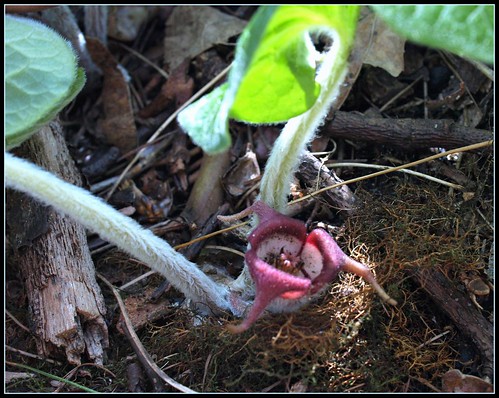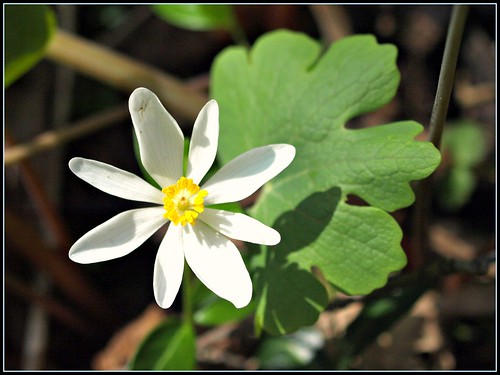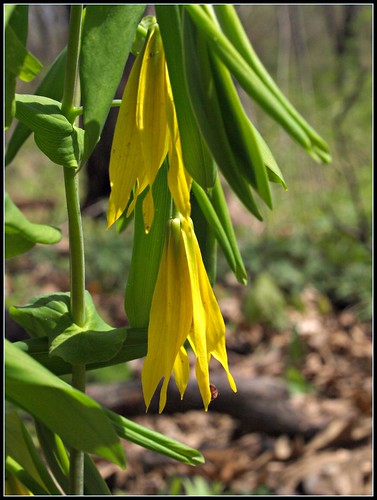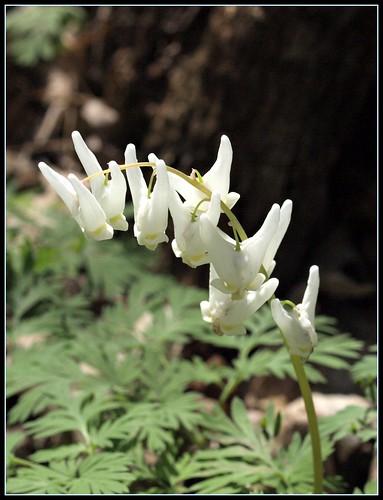Over the weekend, I spent quite a few hours hiking in area hardwood forests. I took these photographs in Owen Conservation Park in Madison. The ephemeral spring flowers, the ones growing on the forest floor under the trees not yet leafed out, are putting on a big show, though about 3 to 4 weeks later than typical.
The Cut-leaved Toothwort is one of these ephemeral wildflower; it blooms in the Eastern hardwood forests before the trees’ leaves shade the forest earth. The crisp roots of this plant are said to taste like watercress.
Cod Tramadol Online Wild Ginger blooms spring-early summer in the Northern tier of states from Minnesota to New England. It is hard to see because it lies on the ground at the stalk of the flower and blends in with the earth – this is the first one I have found, though I think they are considered somewhat common. The roots have a fragrance and flavor of ginger, and once were used as a flavoring and to treat colds and coughs.
The https://drcarlosarzabe.com/dr-carlos-arzabe/ Bloodroot is finally in bloom in the woodlands. The flower is found near the ground, and I moved a huge umbrella of the plant’s foliage to take its photo. I have always seen this bloom in early April and usually the petals of the bloodroot are broader than those seen in this photo. Guess this guy was on a diet! (or maybe he had too much snow!)
The https://www.petwantsclt.com/petwants-charlotte-ingredients/ Large-flowered Bellwort has flowers that never really open, they just hang like this. I found huge clumps of these in the ravines of the sun-drenched forest. It grows in the eastern half of Canada and the United States, except for Florida, though it is on a few states’ endangered species lists.
I found scads of these Purchase Tramadol Cod Dutchman’s Breeches in the same ravines with the Bellwort and also there were lots of Periwinkles and a few trillium just opening. I love this plant’s name – they do look like a little clothesline of britches for a dozen little men. Folklore says the flower was used in love potions and spells. One of its other names is Little Blue Staggers because it caused cows to stagger in a “drunken’ state when they grazed on too much of the plant as it is toxic. Breeches are found in the eastern half of the US, except for the far south.
Finally – a great weekend, if I minus out the tornado warnings on Friday night, for wildflower catching-up.











